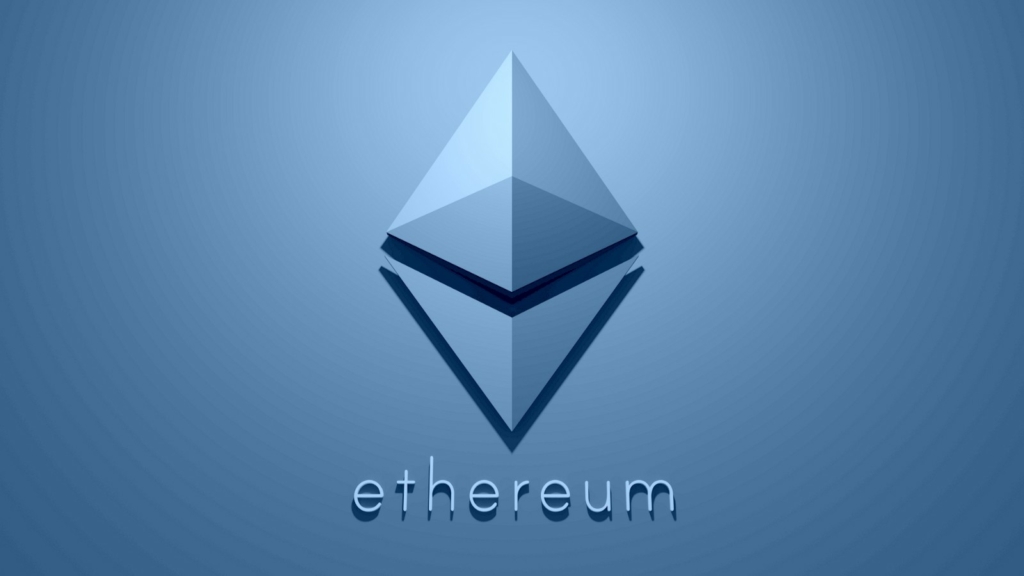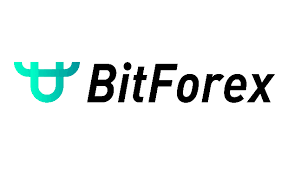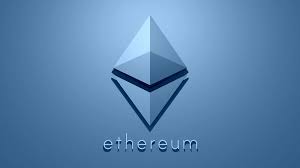Ethereum Foundation researcher Justin Drake and bloXroute Labs CEO Uri Klarman recently discussed the Maximum Extractable Value (MEV) on Laura Shin’s podcast.
MEV refers to the value that can be extracted by prioritizing and reordering transactions in a block. Unlike Bitcoin mining pool operators, many parties can select and order transactions within an Ethereum block.
This article will discuss the impact of MEV on Ethereum users, MEV front-running, back-running, sandwiching, and proposed solutions to reduce MEV exploitation of users.
MEV front-running involves validators exploiting decentralized exchanges (DEX) by placing orders “ahead” of other investors’ trades using special information.
Similarly, back-running occurs when orders are placed immediately after other investors’ trades. Brokers can conduct front-running by buying assets before they execute their clients’ trades.
In contrast, bots can conduct front-running by sniffing out submitted trades before they are validated and “front-run” them. Sandwich attacks involve bots buying an asset immediately before someone else executes a trade and then selling it immediately after the trade is complete.
MEV Blocker promises protection against front-running and sandwich attacks. Attempts to solve the front-running bot problem include MEV protection by Flashbots, which allows users to submit transactions directly to validators without making them visible in the mempool.
Ethereum Research has also proposed a method for MEV smoothing, which would make validators’ MEV earnings more uniform.
In July 2021, then-Gnosis COO Friederike Ernst proposed a batch auction model to combat fee-based front-running and the extreme time bandit attack.
Batch auctions could force validators to confirm all transactions made in a specified time period at the same time, regardless of fees. Finally, a developer called ‘Pmcgoohan’ has introduced another solution for fee-based front-running with a decentralized content layer protocol.



